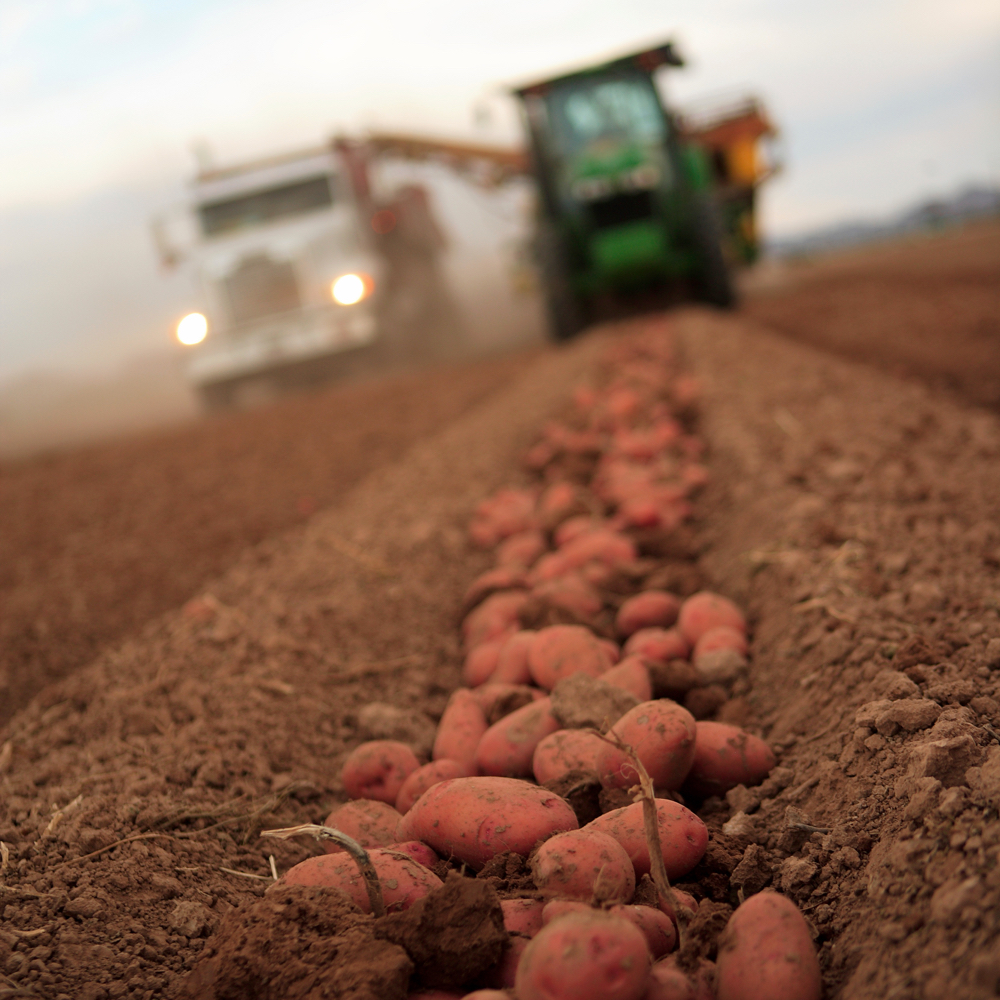A well-known Ontario potato breeder is looking to enlist participants in the production of potato minitubers.
Peter VanderZaag, a potato breeder with Sunrise Potato in Alliston, Ont., gave a presentation on minituber production at the Ontario Potato Conference March 2 in Guelph.
With the impending closure of the University of Guelph’s SPUD Unit in New Liskeard, he’s worried about the future of production in Ontario.
Read Also

Canada seventh-most influential country on agri-food
Report from Dalhousie University and MNP shows Canada ranks seventh among G20 countries on agri-food influence.
Why it matters: A renowned potato breeder thinks the Ontario potato industry would benefit from more minituber production.
Minitubers are first grown in greenhouses, then planted and multiplied in fields. Then they are sold to commercial potato growers.
“The challenge we face now is the SPUD Unit has been sold,” said VanderZaag.
It can be leased until 2026, at which time it can no longer be used. Along with potato minitubers, the unit also propagates raspberry and strawberry plants.
Although the SPUD unit only produces about 10 per cent of the province’s minitubers, VanderZaag sees a greater opportunity, but it requires creative thinking and the involvement by people willing to grow minitubers.
His vision includes building a new state-of-the-art SPUD Unit, but that will take government funding, he said. There was interest from the U of G and the provincial government to build a unit in the Niagara-region, but VanderZaag said after consultations, researchers and industry felt a new unit should stay in the north.
Whether or not a new facility is built, VanderZaag thinks a good option to maintain and increase minituber production is to have growers across the province use existing greenhouses or set up greenhouses on their farms.
VanderZaag knows it can work. In the early 1980s he was the International Potato Center regional director for southeast Asia, and in Vietnam he introduced new varieties resistant to late blight. However, growers there could not buy the seed so they grew their own.
To do this, they started simple tissue culture labs in their houses, he said, and began growing nuclear minitubers. Decades later, the families VanderZaag worked with have increased their seed production and some have full greenhouses.
“This seems so simple and so amazing, how they demystified a sophisticated technology,” he said. “They grow potatoes that are used either for seed or for table. Generally, up to seven generations can be grown, depending on the variety and disease pressure, and you can multiply it again and keep replenishing it. This provides the farmers with seed.”
He said low labour costs help to make this work, as several generations of a family are involved with propagation. But with some ingenuity, he believes growers here could do the same thing despite shortage of labour.
“I’m going to design my greenhouse to have benches that are three feet high, that can roll back and forth so everything is comfortable,” he said. Then he can stand while working, in contrast to the Vietnamese growers who squat and work at lower levels.
Producing minitubers in various areas of Ontario has other benefits too, said VanderZaag. More localized seed production could reduce the spread of diseases such as potato virus Y and common scab.















